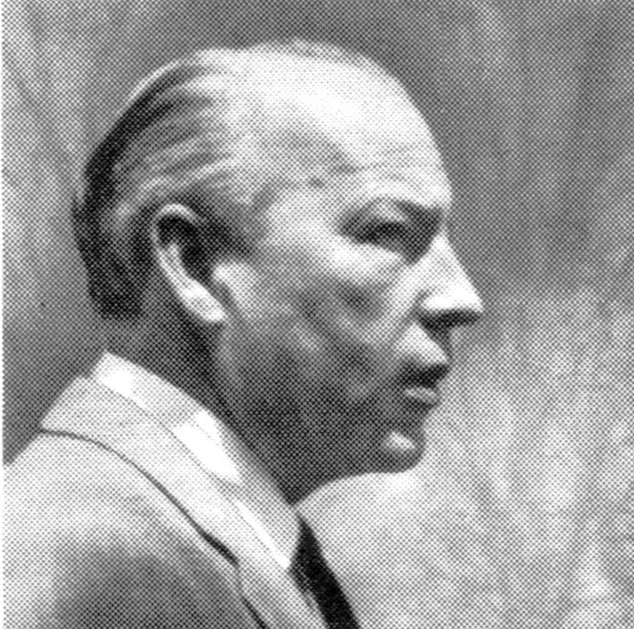

Information
Content includes:
Ingeborg Meinecke – New Methods of Pharmaceutical Advertising
Franz Hermann Wills – Austin Briggs, an American Illustrator
Erich Pfeiffer-Belli – Calendar Review
Peter Roth – Wanted: Packages of Distinction • English Bottle Make-up
Eberhard Hölscher – Crowns and Flourishes • Calligraphies by Johann Georg Schwandner
Hans Kuh – Martin Andersch • Lettering and Book Design
Alf. Kayser – Marcuse: Haute Couture of Window Decoration
Alexandre Alexandre – Lefor-Openo • Two Ladies, one Team-work
«Promotor», a type of the Lettergieterij Amsterdam
Details
Linked Information
